Optimal Timing for Rat Eradication
Timing plays a crucial role in effective rat eradication efforts. The most suitable periods are typically during seasons when rat activity is highest, which varies based on climate and environment. Understanding these patterns can improve success rates and reduce the likelihood of reinfestation.
Rat populations tend to increase as they emerge from winter dormancy. This period often presents the best opportunity for eradication before populations expand further.
After natural disasters or construction activities, rat populations often surge due to disturbed habitats. Addressing infestations promptly during these times can be effective.
Rat activity peaks during low-light periods. Conducting eradication efforts during dawn or dusk can improve detection and control.
Immediate action is recommended when signs such as droppings, gnaw marks, or burrows are observed, regardless of season.

Close-up of rat droppings and gnaw marks indicating active infestation.
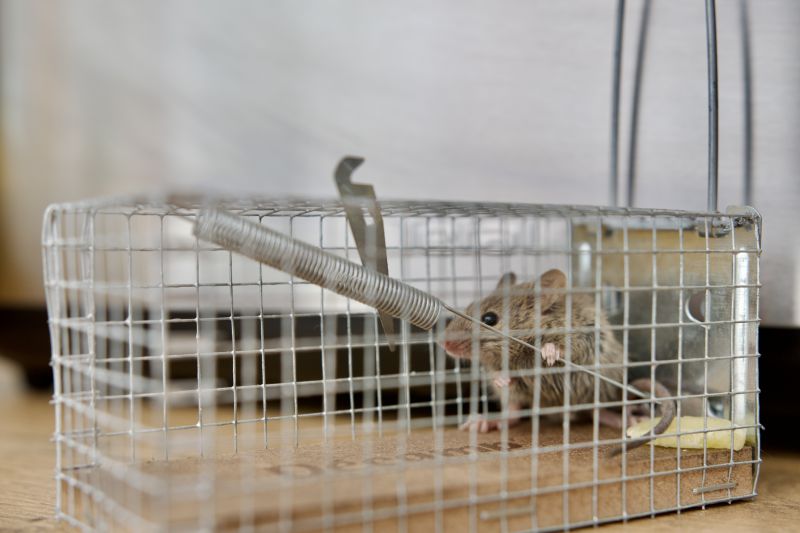
Placement of traps during peak activity times for effective control.
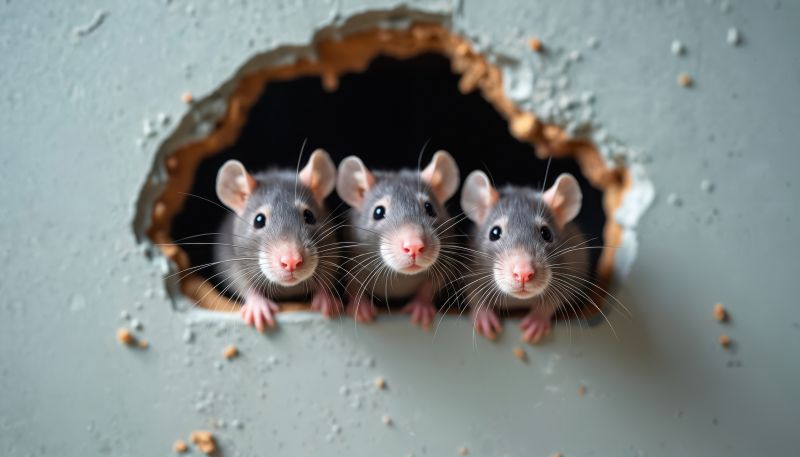
Common openings and entry points targeted during eradication.

Ways to make Rat Eradications work in tight or awkward layouts.
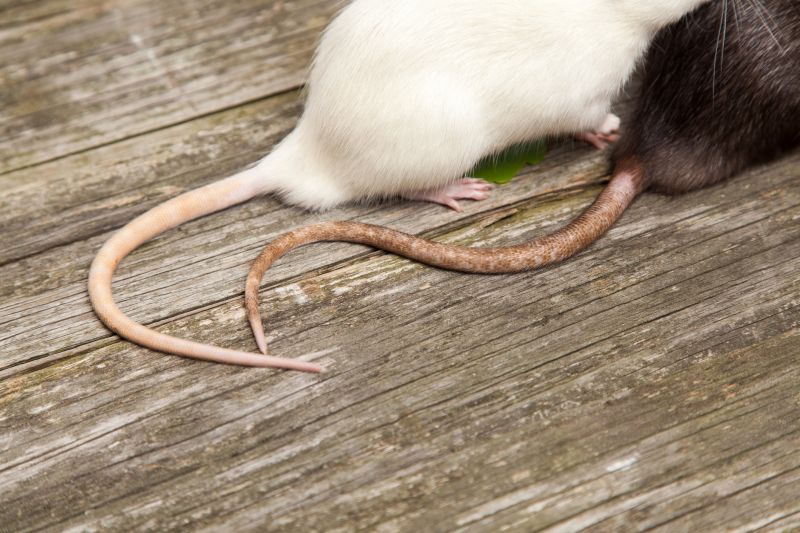
Popular materials for Rat Eradications and why they hold up over time.
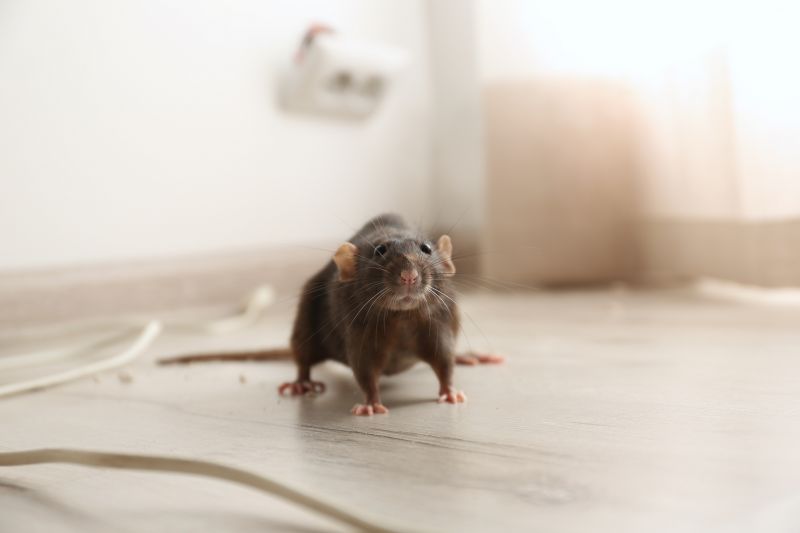
Simple add-ons that improve Rat Eradications without blowing the budget.
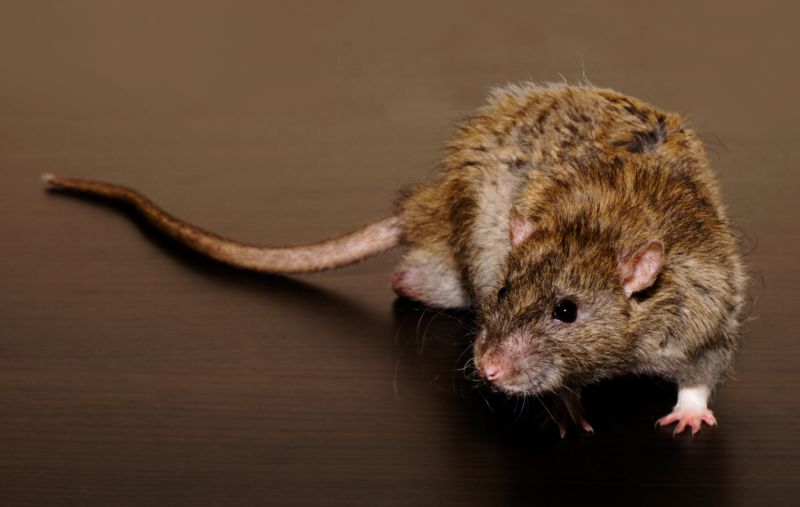
High-end options that actually feel worth it for Rat Eradications.

Finishes and colors that play nicely with Rat Eradications.
| Season/Time Period | Recommended Action |
|---|---|
| Spring | Increase monitoring and set traps before populations grow. |
| Autumn | Implement control measures to prevent winter surges. |
| Post-Disaster | Deploy eradication efforts promptly after habitat disturbance. |
| Night/Dawn | Conduct control activities during low-light hours for better results. |
| Signs of infestation | Act immediately to address visible signs regardless of season. |
Rat eradication is most effective when timed according to rat activity patterns and environmental conditions. Seasonal considerations, such as increased activity during spring and autumn, can influence the success of control measures. Implementing strategies during these periods can help reduce populations efficiently and prevent future infestations.
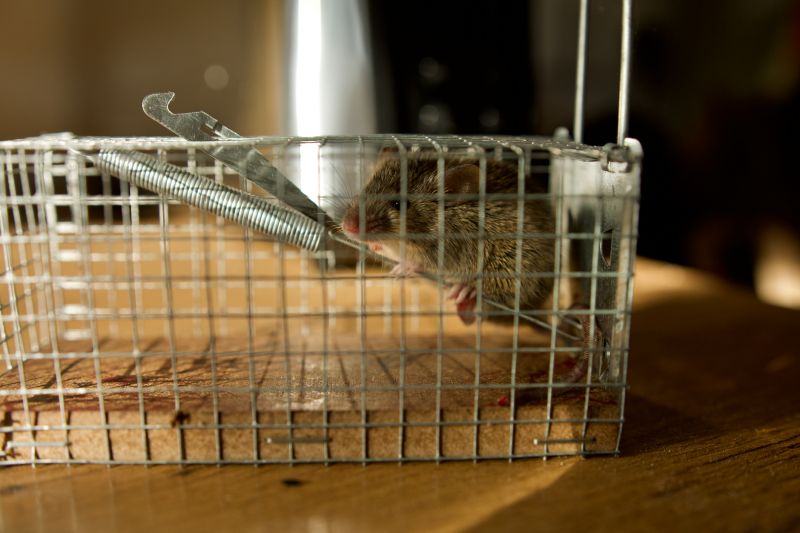
Various traps and bait stations used in eradication efforts.

Strategic positioning of bait during peak activity times.

Tools used to track rat movements and activity levels.

Sealing entry points to prevent re-infestation after eradication.

Little measurements that prevent headaches on Rat Eradications day.
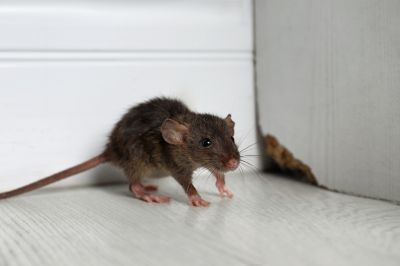
A 60-second routine that keeps Rat Eradications looking new.
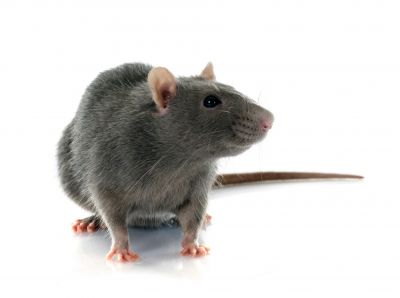
A frequent mistake in Rat Eradications and how to dodge it.

Small tweaks to make Rat Eradications safer and easier to use.
Timely intervention during optimal periods can significantly improve the outcomes of rat eradication efforts. Regular monitoring and prompt action at signs of activity are essential components of successful control programs. Proper timing, combined with effective methods, helps maintain a rat-free environment.
